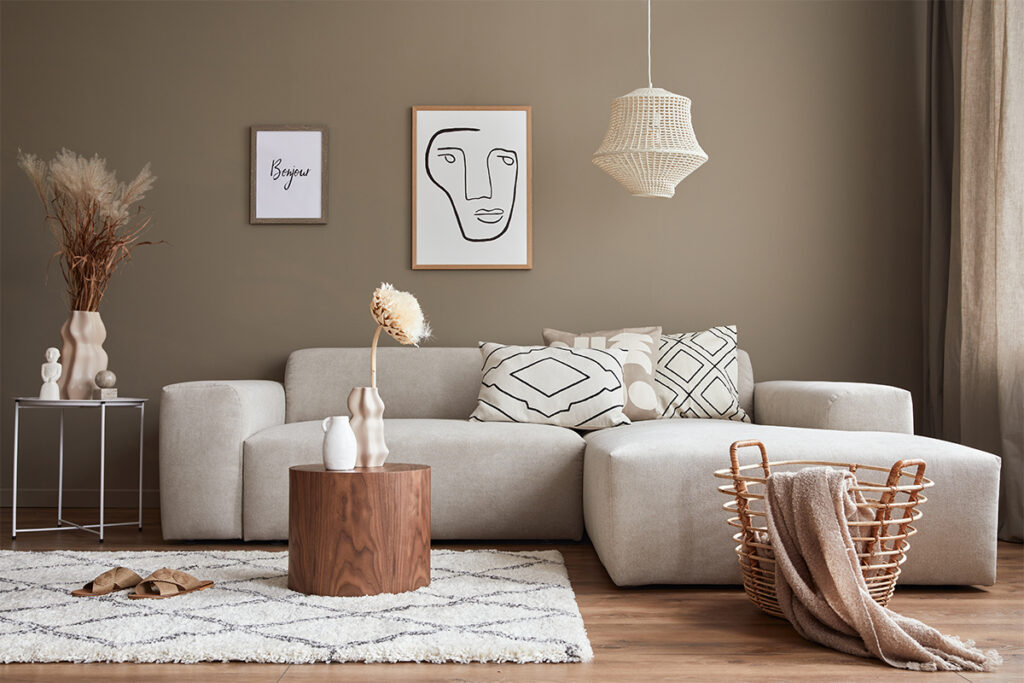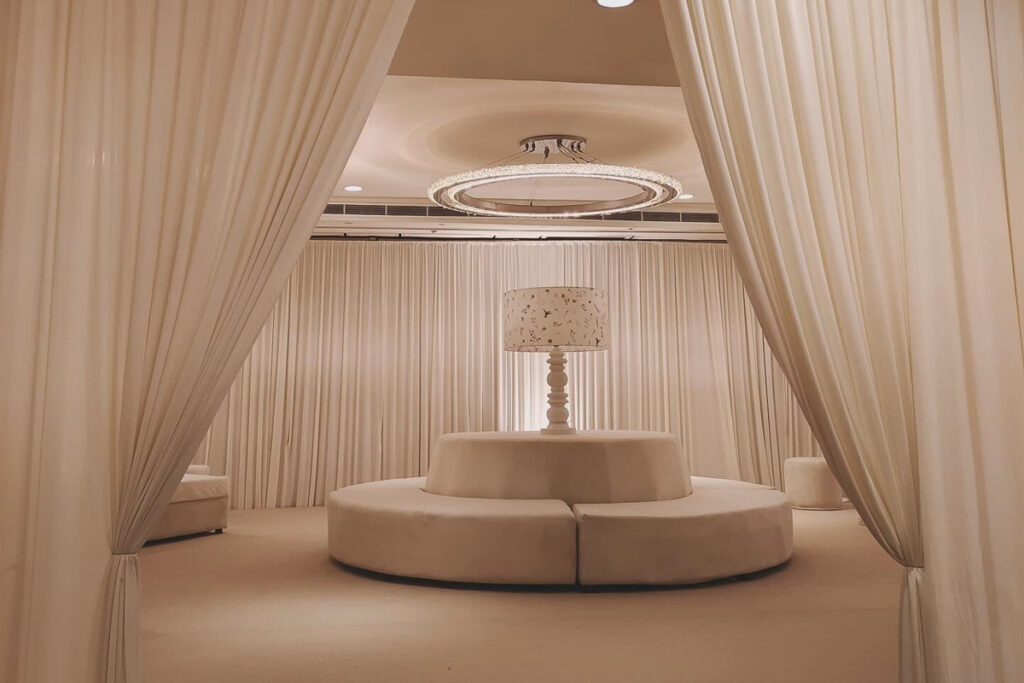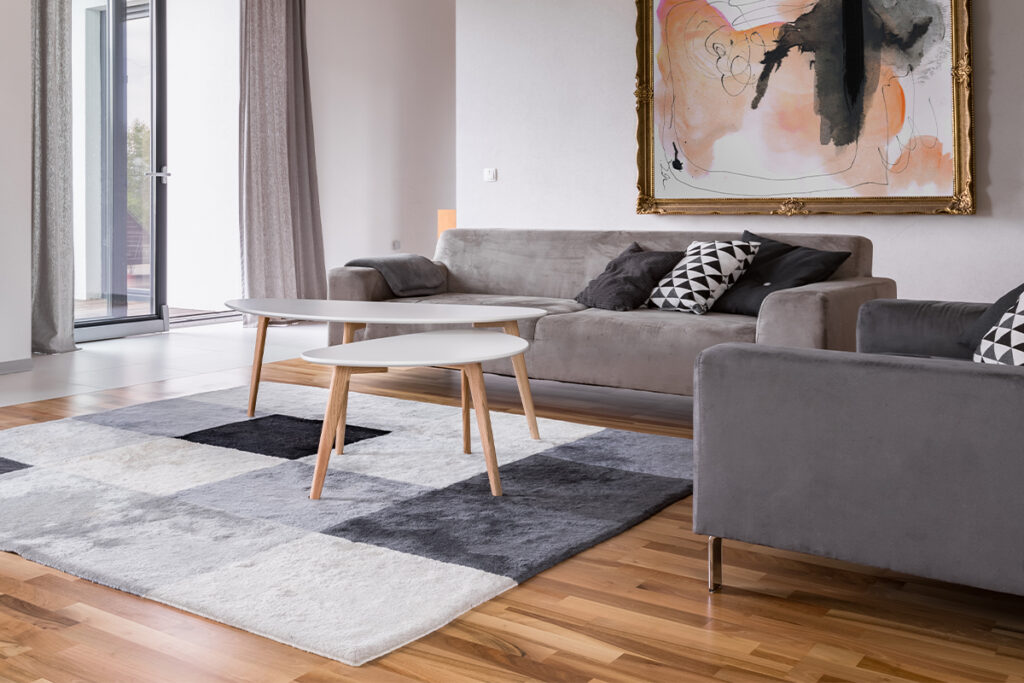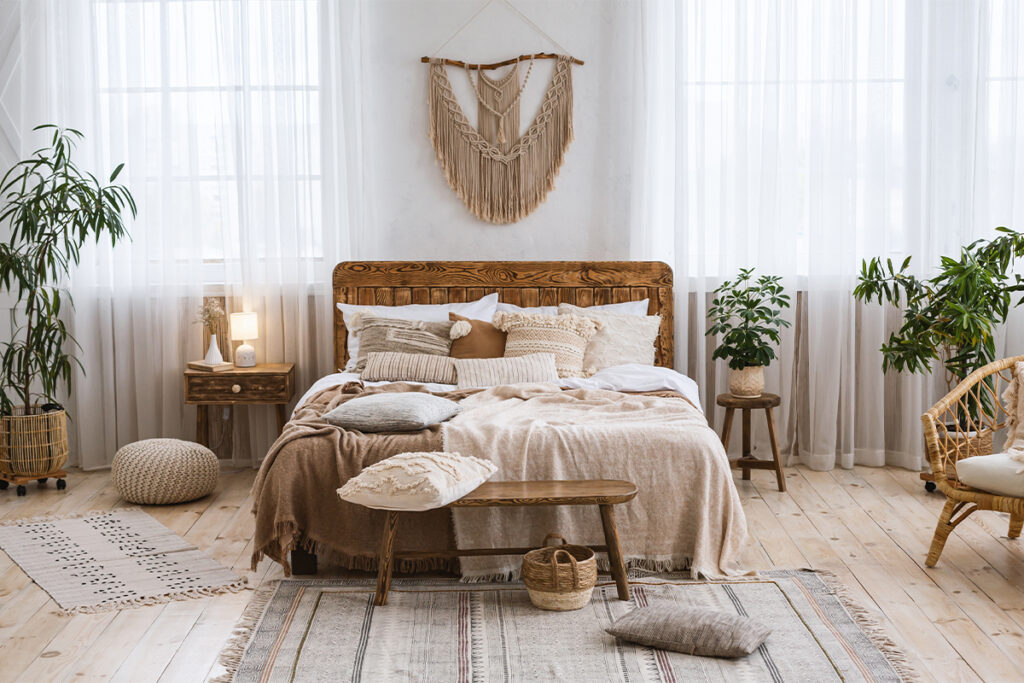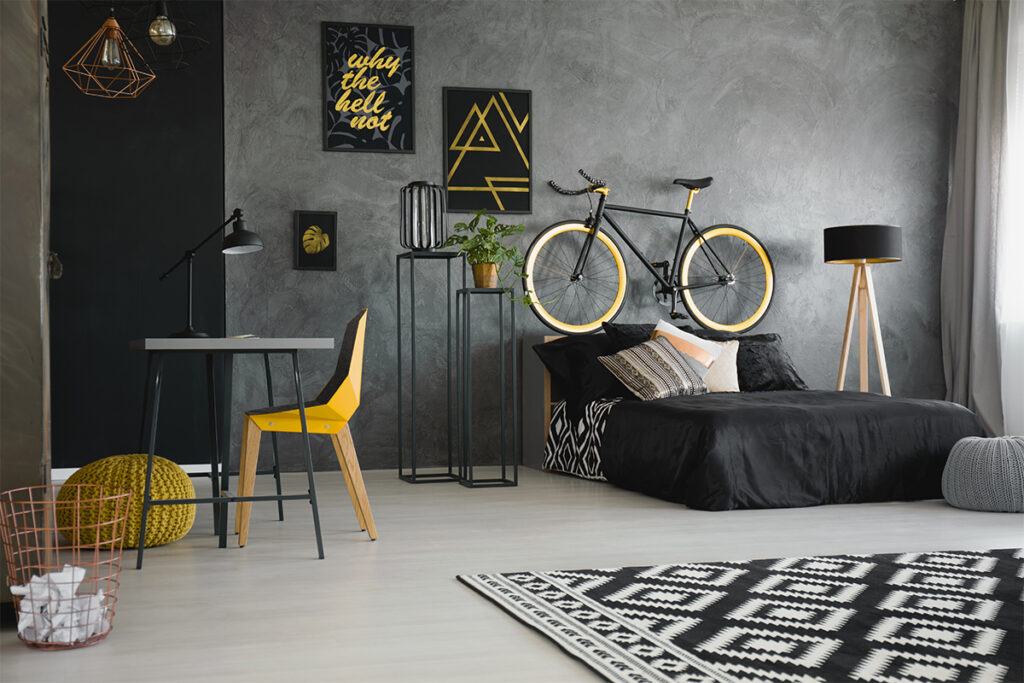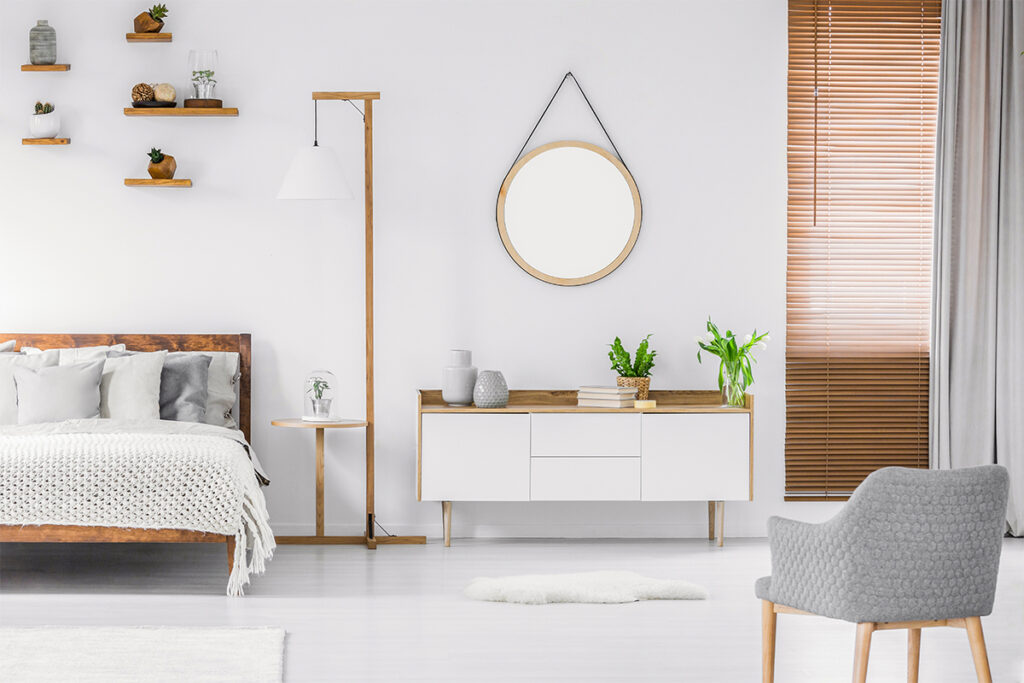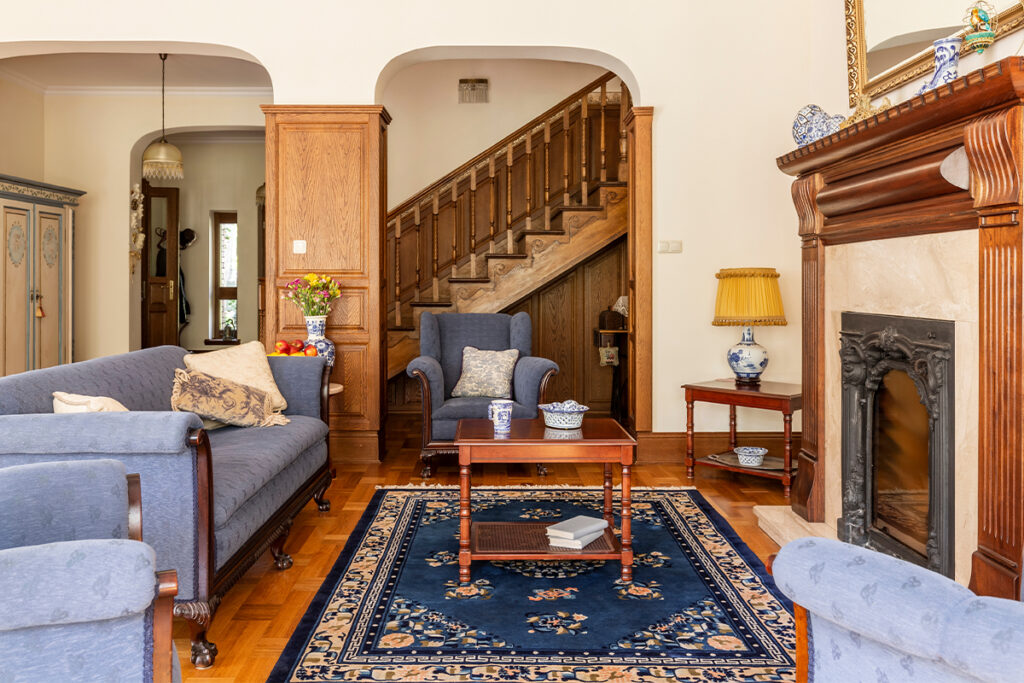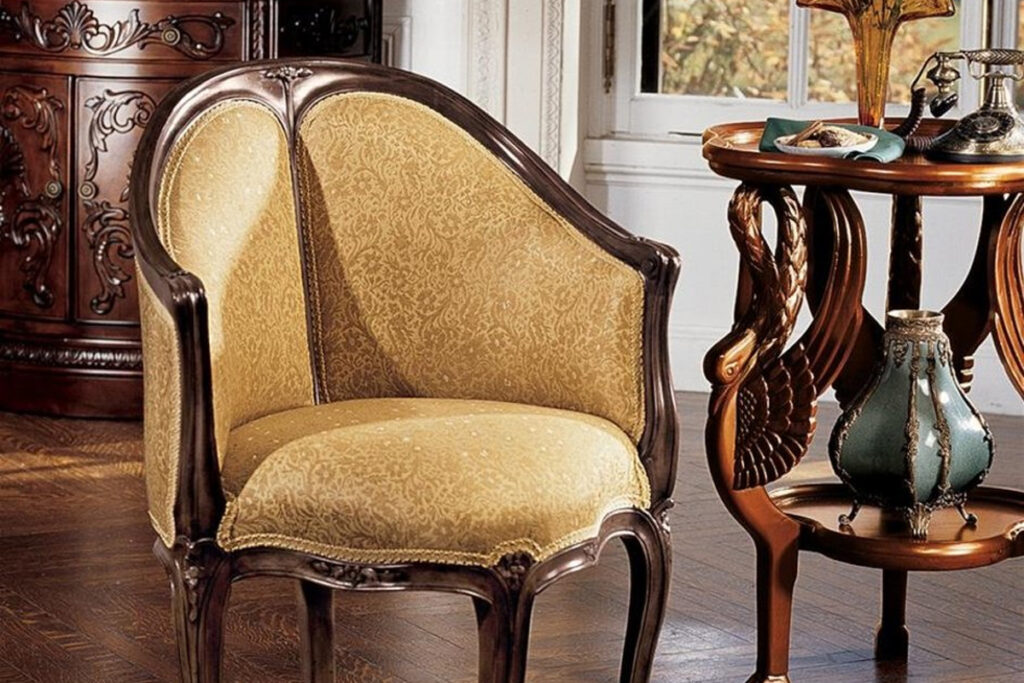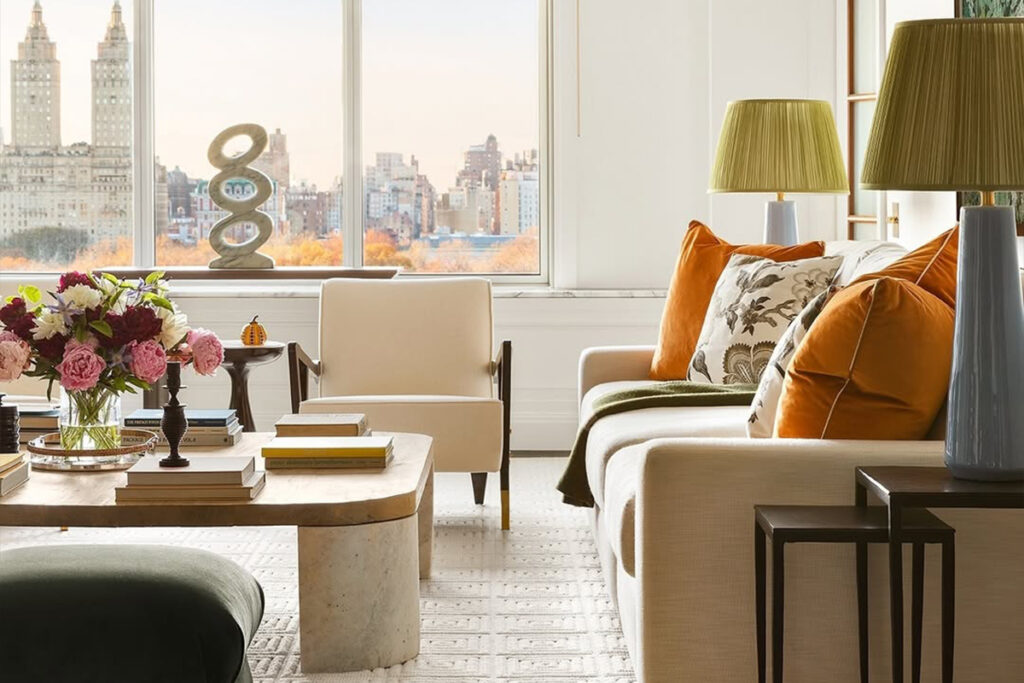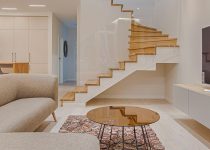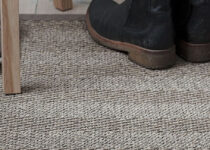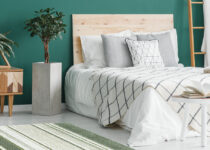Furnishing your home is a fun and exciting process. One of the most important decisions you’ll make is choosing the right furniture style.
Your furniture says a lot about your personal style. It can completely transform the look and feel of your home.
But with so many furniture styles to choose from, it can be hard to know where to start.
There’s a style out there for everyone, and we’re here to help you find the perfect fit for you.
Today, we’ll introduce you to some of the most popular furniture styles, explore what makes each one unique, and provide you with tips for incorporating them into your home décor.
Contemporary
Contemporary style interior design describes style that’s based on present-time trends. It typically boasts simple silhouettes, smooth shapes, and curved lines.
Contemporary furniture is therefore distinguished by clean lines and minimalist design. There’s a lot of focus on function rather than ornamentation in contemporary pieces.
Despite that, they’re not unattractive. In fact, they’re popular because of their sleek and modern looks, making them a great fit for most modern and minimalist homes!
You’re very likely to see a lot of metal and glass used in these furnishings. They also tend to be done in neutral colours – black, white, grey, silver, and chrome – but it’s not uncommon to see them punched up with bright colours too.
Lighting is also important in contemporary style, where it’s all about simplicity, efficiency, and functional beauty. Interest is achieved by layering lighting or making it smart and adjustable for easy customisation and personalised looks.
The style also prioritises natural light, with spatial design often intentionally maximising natural light entry. Expect things like large windows, open layouts, and light-colored surfaces. This allows high reflection of light, flooding rooms with it.
This also explains why you can often see large floor-to-ceiling windows or plate glass doors in contemporary style. Combined with sheer curtains or sleek blinds, they achieve a bright and open look.
This doesn’t mean a contemporary space always relies only on natural light. Many sport a statement lighting piece that adds a dramatic focal point to the area.
Chandeliers can be paired with glass shades, for example, to achieve an eye-catching look. This too counts as contemporary design style.
That’s actually why we often advise using bold, geometric rugs with contemporary furniture. The idea here is to create a visually striking contrast against the clean simplicity of the furniture.
Modern
Modern furniture is similar to contemporary furniture, but it specifically refers to furniture design from the 20th century. So what’s the difference between the two furniture styles?
Modern furniture style is highly focused on simplicity and function as well as industrial materials. It boasts clean lines, open spaces, and a near-absence of ornamentation.
Contemporary furniture can be far less spartan in its appearance. It often draws from various influences and evolves with the current trends. It’s also capable of blending elements from other eras or schools. You might find a contemporary space boasting the geometric touches of art deco, for example.
This can be in contrast to the aggressive paring-down of modern design. As you’ve probably noticed from our other guides to it, modern style is highly concerned with utility and restraint.
Popular for its timeless and minimalist aesthetic, this type of furniture generally sports clean designs, sleek straight lines, basic forms, and a lot of metal and glass materials. It’s also fairly common to see natural elements like wood incorporated in it.
A modern-style living room is generally all about glossy finishes and restrained details such as you’d find in a minimalist home. Common colours for it are solids, black and white, and grey.
Rustic
Inspired by a natural, outdoorsy feel, rustic furniture style offers aged, flawed, and organic materials that offer a clear contrast against the perfected surfaces of contemporary and modern styles.
This style is popular for its cosy and warm atmosphere. Expect materials like wood and stone, and thus, a lot of rough textures, simple designs, and earthy tones.
This furniture also tends to be dominated by neutral schemes. The furniture pieces rarely express bold colours but highlight natural textures and solid wood materials to create a muted look.
Meanwhile, its colours tend to include shades of white, grey, beige, and browns that are towards the warmer side.
To further achieve the interior style, try bringing texture into your rustic rooms. Add heavy-grained wood items and imperfect stone fireplaces. Add wide-planked wooden floors or reclaimed furniture like reclaimed-wood dining tables.
Keep everything simple instead of highly finished. No ornate carvings in the furniture here! And keep exposed ceiling beams unfinished – they’re hallmarks of rustic design.
This tells you that you should also try pairing rustic furniture with other organic-material items. For instance, a natural-fibre rug like jute or sisal can enhance the earthy feel of a rustic-decorated space.
Industrial
Inspired by the look of old factories and warehouses, industrial furniture features a raw and unfinished look with neutral tones and a mixture of wooden and metal elements.
Sharp designs are paired with metal accents here, usually in shades like black, white, deep greys, and varying shades of soft brown. This style is thus popular for its rugged and utilitarian aesthetic.
If you’re looking for pieces in this style, expect a lot of metal, concrete, and reclaimed wood materials. Exposed hardware and rough textures are also popular.
Great examples of furniture in this style are dining tables using a combination of dark metal and warm wood. Or vintage windows with rustic iron frames, just like the warehouse windows of old.
Scandinavian
Known for its simple, functional, and comfortable design, Scandinavian style is another option if you want a clean and minimalist aesthetic.
Scandinavia denotes Norway, Sweden, and Denmark. They all have long and dark winters paired with beautiful natural landscapes – and this has inspired their design style.
Scandinavian style is all about clean lines and neutral colours. It’s as much a reflection of the environment surrounding Scandinavia’s inhabitants as it is of the cosy and warm spaces they build to cope with their harsh winters.
This style is popular for many reasons. The neutral colour palettes and clean lines make it easy to integrate into other decor styles, for one.
For another, many Scandinavian brands emphasize eco-friendly materials and ethical production. This obviously aligns with growing consumer interest in sustainable consumption.
What’s more, a lot of the furniture from this style is known for its general dependability. This makes them capable of serving as (relatively minimalist) statement pieces while also being utility-focused.
To add to this, the popularity of Scandinavian design has been promoted through global trends and lifestyle brands, which has reinforced its appeal for homeowners.
For furniture in this style, look for pieces in muted, light, and neutral colours. Expect the use of natural materials like wood and leather, all put together to create effortless harmony with a focus on function.
Because of this, it’s best to pair pieces in this style with simple, neutral-coloured rugs. The idea is to use the rugs to add warmth and texture to the space without overwhelming the clean lines of the furniture.
Traditional
Inspired by old and classical furniture styles, this is a recollection of designs from the 18th and 19th century. Georgian, Victorian, and French Provincial influences can be seen in it too.
The furniture you find in traditional-style homes is generally characterised by ornate details, curved lines, and richly coloured or grained woods. The emphasis here is often on elegance, sophistication, and classic appeal.
One of the most classic inspirational pieces of this style is the fauteuil. An armchair distinguished by open sides and elaborate carving, this was associated with King Louis XIV of France himself.
You can generally expect such pieces to show up in traditionally decorated space. Luxury, ornate details, and an impressive regal atmosphere come to the fore. Most items are statement pieces in themselves, showcasing wealth and power.
When looking for traditional furniture, seek curved lines, classic silhouettes, and solid or black-and-white plush upholstery. Expect fine ornamental details like carvings, panelling, mouldings, and the like.
Upholstery can also be done in floral patterns, plaids, and stripes. Warm and deep colours and rich woods are popular here.
Since traditional furniture styles often have ornate details and rich colours, pairing them with an intricate or patterned rug can be a good idea. The rug will play well with the embellishments of the furniture and add depth and texture to the space.
If you’re considering rugs in the traditional style, look for things like rich patterns, luxurious materials, and historical craftsmanship. Persian, Oriental, and Aubusson rugs are some of the best choices, as they show the peak of traditional design.
Try floral, medallion, and geometric patterns in deep and warm colors as well. They’re ideal for complementing the classic furnishings and sophisticated atmosphere of a traditional space.
Transitional
Transitional furniture is best described as a blend of traditional and contemporary furniture. Popular for its classic yet updated look, it offers clean lines and a combination of both classic and modern silhouettes.
If you enjoy the elegance of traditional styles and the simplicity of modern aesthetics, this may be for you. It’s also a good style if you like warmer palettes.
This furniture style also tends to use a lot of natural materials – especially wood and leather – and sometimes includes decorative details for accent, although not to the degree that traditional furniture does.
As far as texture and colours go, it can be quite varied, with textures often being a mix of natural wood and glossy finishes. You can also try coarser textiles, like rattan or textured rugs, in transitional living rooms.
Common examples of transitional furnishings are mid-century upholstered arm chairs in neutrals or muted colours but with interesting textures. Try velvet, for instance, to add intrigue, modernity, and warmth.
Another good option is a metal globe chandelier in brass or matte black. This offers a contemporary, industrial touch to the space while the round shape adds interest without overwhelming the room.
While contemporary and transitional furniture share some similarities, there are many differences between these two.
Transitional blends traditional and modern elements. It takes the former’s comfort and classic appeal, combining them with the latter’s sleek lines and simplicity.
Contemporary style is more focused on the here and now. It often highlights minimalism and geometrics. The style also tends to focus on the current trends in design, explaining its name.
Show your chosen furniture to advantage with a custom rug
As you can see, there are many styles available for you to choose from when decorating your home. Whatever you do pick, though, we can say this: one of the best ways to really highlight it is to pair it with the right rugs!
In particular, you should try a bespoke rug. A bespoke rug can be crafted not only to fit with the items you pick for your furniture but also with your unique identity and character.
If you’re interested in that, contact us. We can design and make your own custom rug for your first home… and even give you more decor tips along the way!


